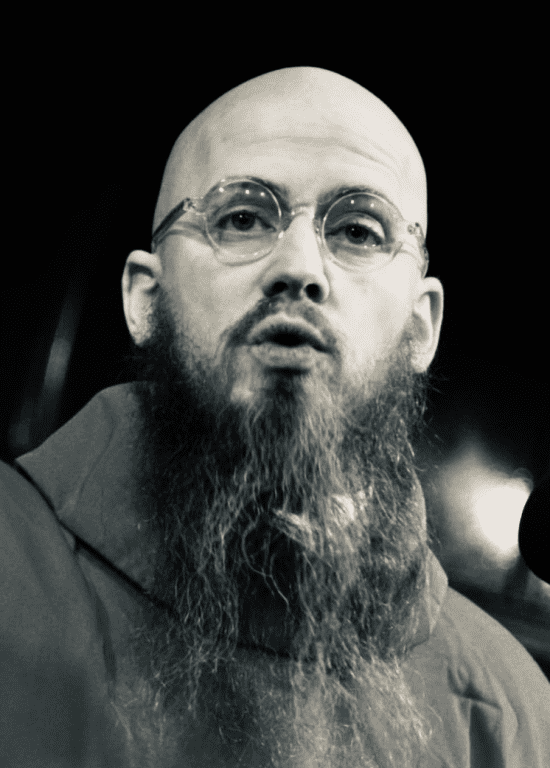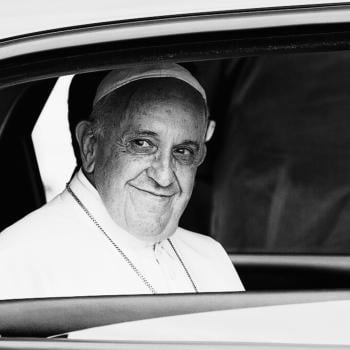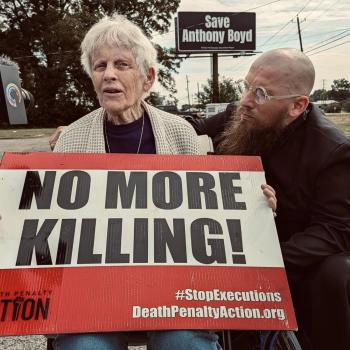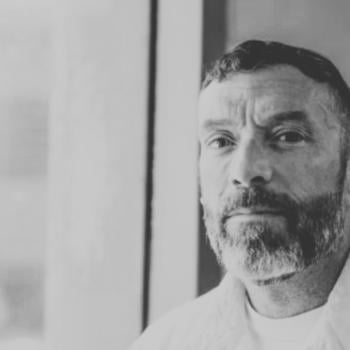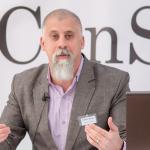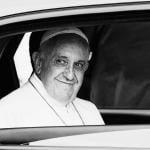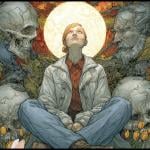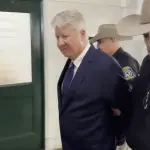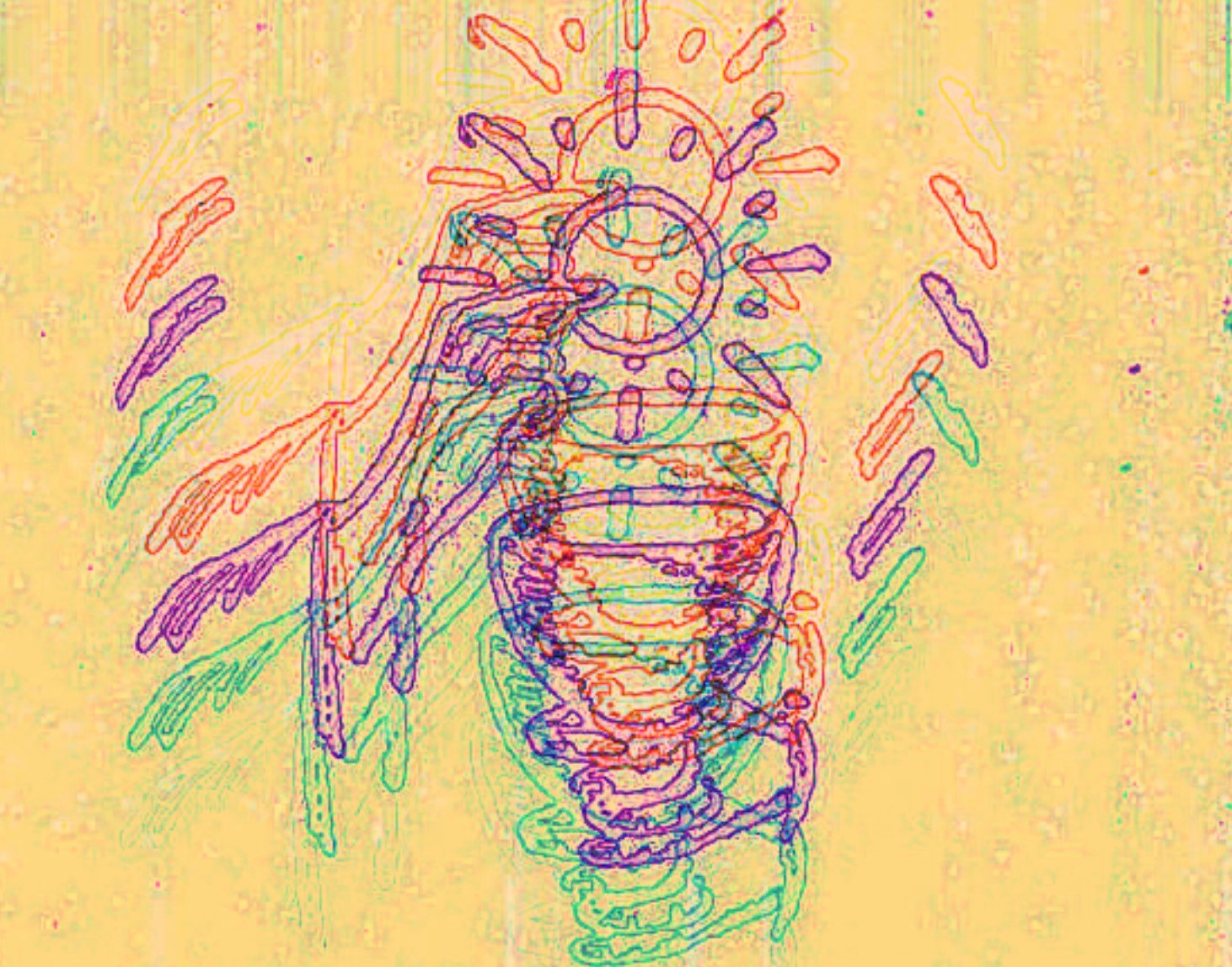
The Old Catholic Church
The Old Catholic Church is fully Catholic, yet fiercely free. Born in Europe to resist papal overreach, Old Catholics now thrive in the United States as a network of inclusive, justice-driven communities. Rooted in ancient liturgy, Old Catholics are boldly shaping a future where faith is both sacred and revolutionary.
Breaking from Rome: The Origins of the Old Catholic Church
The roots of the Old Catholic Church stretch back to the 19th century. At the First Vatican Council (1869–1870), the Roman Catholic Church formally defined the doctrine of papal infallibility…claiming that the pope…when speaking ex cathedra (or with the full weight of the office) on matters of faith and morals…is preserved from error by the Holy Spirit. For many Catholics, this was a step too far.
Opponents argued that the early Church had been guided by ecumenical councils rather than by one man ruling from the top down. For centuries, bishops had gathered to deliberate, correct and discern. Papal infallibility seemed not like continuity, but like a rupture…a dangerous concentration of power in the hands of one man.
The protests that followed converged with an older story. Since the early 1700s, the Church of Utrecht in the Netherlands had resisted centralized papal control, maintaining its own archbishop and a strong sense of local authority. When many Catholics in Germany, Switzerland and Austria broke from Rome after Vatican I, they joined forces with Utrecht. By 1889, these communities formally banded together as the Union of Utrecht of Old Catholic Churches. As the Declaration of Utrecht (1889) states:
“We consider ourselves to be an expression of the one, holy, catholic and apostolic Church in continuity with the Scriptures and the ancient ecumenical councils of the undivided Church.”
At first, their movement looked conservative…an effort to preserve the old ways against new papal claims. But over time, the Old Catholic Church became something much more…a laboratory for modern Catholic reform and a place where ancient tradition and contemporary conscience could meet.
The Reforming Spirit of Progressive Catholicism
Old Catholics carried two instincts from the start…loyalty to the ancient Church and a fierce belief in freedom of conscience. That mix of tradition and freedom created space for bold reform.
Vernacular Worship
Long before Vatican II, Old Catholics celebrated the liturgy in local languages so that all people could understand and participate.
Communion for All
They restored the chalice to the laity, offering both bread and wine at Eucharist.
Shared Governance
Old Catholic synods included bishops, clergy and laity making decisions together…rejecting the idea that ultimate authority rested in Rome.
In the 20th century, their reforming spirit deepened. Old Catholics ordained women and LGBTQ+ persons as priests and bishops, opened their altars to LGBTQ+ couples, allowed clergy to marry and encouraged grassroots leadership at every level of church life.
As the 2001 Statute of the Old Catholic Bishops United in the Union of Utrecht boldly affirms:
“While not denying a special pastoral ministry of the Bishop of Rome, we do not consider communion with the Bishop of Rome to define what it means to be Catholic.”
While Rome moved slowly…sometimes grudgingly…Old Catholics moved first. Practices that once scandalized the Vatican, like vernacular Mass or lay participation, later became mainstream Catholic reforms…but Old Catholics had already been living the reforms for decades. By the 21st century, they were known as some of the most progressive Catholics in the world…small in numbers, but large in imagination.
Crossing the Atlantic
When Old Catholicism crossed the ocean, it took on a distinct flavor. The United States has always been a place where religious independence flourishes. From storefront congregations to revival movements, American soil has long nurtured experiments in faith. Old Catholic ideas fit right in.
Instead of one centralized national church, Old Catholicism in the United States grew through independent jurisdictions and communities. They shared the same DNA as their European cousins…Catholic sacraments, apostolic succession, and a devotion to freedom…but they also absorbed America’s particular struggles and hopes.
The Old Catholic Church: A Progressive Catholic Witness in America
Old Catholic communities in the United States are scattered and diverse. Sometimes they gather in grand churches, sometimes in living rooms. Yet they share a common spirit…
Welcoming the Excluded
Many parishes are led by LGBTQ+ clergy and celebrate the marriages of same-sex couples.
Ordaining Women
Women serve not only as priests but as bishops overseeing dioceses.
Open Sacraments
The Eucharist is for everyone who hungers for Christ. Baptism has no barriers. Marriage blessings are offered to every couple who seeks them.
Shared Leadership
Clergy and laity often make decisions together, resisting the old clerical model.
Commitment to Justice
Old Catholic clergy frequently stand alongside activists in various struggles.
In these communities, justice is not an optional outreach program…it is sacramental. Baptism affirms the dignity of every human being. Eucharist becomes a table of solidarity with the hungry and oppressed. Ordination is understood as lifting silenced voices…not enforcing hierarchy.
Social Justice as Sacrament
Old Catholic communities insist that the Gospel cannot be separated from justice. The sacraments do not end at the altar…they spill into the streets. To receive the Body of Christ is also to care for Christ in the poor, the imprisoned, the immigrant and the marginalized.
That is why many Old Catholic leaders have been outspoken in movements against the death penalty, in support of Black Lives Matter and in solidarity with LGBTQ+ youth among a whole host of other commitments. Their theology insists that God’s grace is wide, that every human life is holy and that the Church exists to defend that holiness whenever and wherever it is under threat.
The Old Catholic Church: Small, Scattered and Prophetic
By every institutional measure, Old Catholics in the United States are marginal. They have no sprawling cathedrals, no armies of clergy or grand institutions of theology. What they do have is more precious…the courage to be Catholic without fear.
Their communities are often tiny, yet they embody a vision of church that is both ancient and alive to the present moment. They remind the wider Christian world that Catholicism does not belong to Rome alone…it belongs to the people of God.
In their storefront chapels, their rented sanctuaries and their circles of prayer in homes and community centers, the Old Catholic spirit lives on…rooted in tradition, unafraid of reform and centered on justice.
Conclusion: The Old Catholic Church is Catholicism Without Fear
The Old Catholic Church began as resistance to papal infallibility…but in America it has become something bolder…a vision of Catholicism set free. Old Catholic communities show that one can love the sacraments, honor tradition and still stand on the side of the excluded.
They are small…yes…but they are mighty in witness. They carry forward the conviction that the Church is not an empire ruled from above, but a communion of believers called to walk with the marginalized. In a world where so many are searching for faith without exclusion, the Old Catholic witness is not just old…it is urgently and defiantly defining what is new.
Wherever priests stand at the altar in the name of inclusion, wherever sacraments are offered without condition…and wherever ancient tradition meets the struggle for justice…there, the Old Catholic Church is alive.


